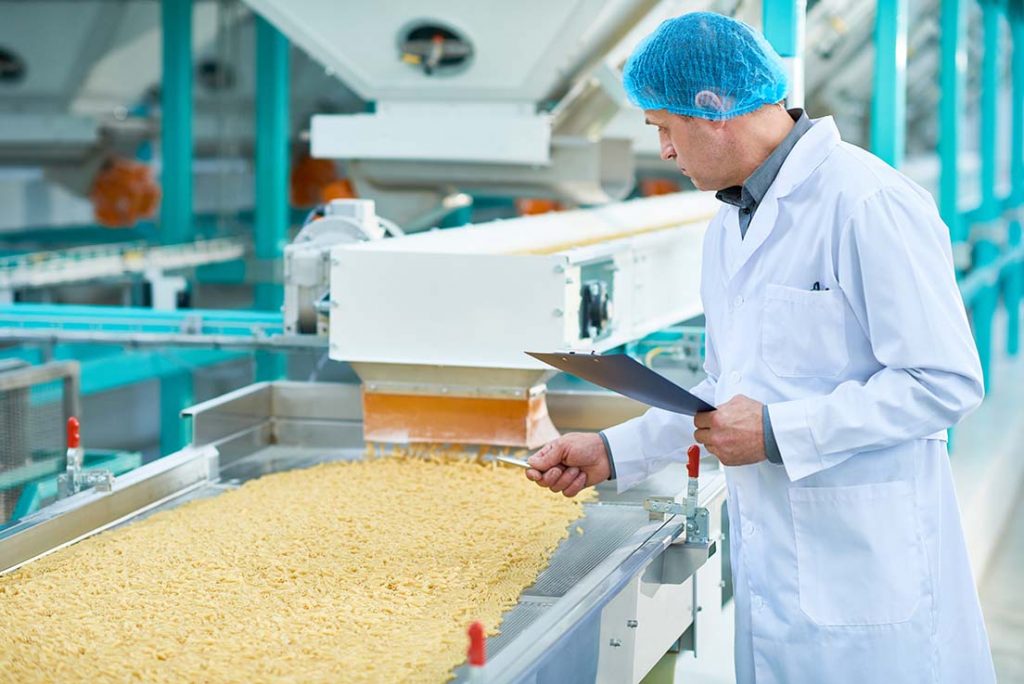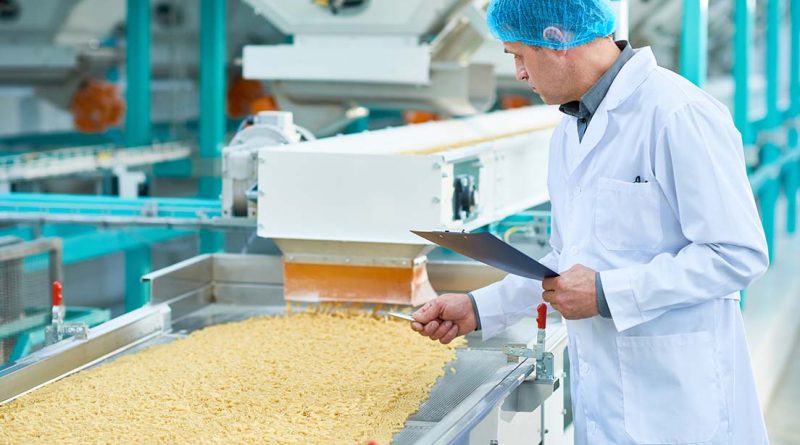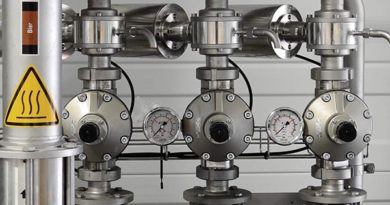A recipe for lasting success
Few businesses routinely challenge every part of their organisation like food manufacturers. New technologies and digital transformation can help food manufacturers manage the constant change, but the traditional approach of comprehensive digitalisation planning is often not flexible enough to ensure success. Here, Sean Robinson, software solutions manager at food automation expert Novotek UK and Ireland, explains why the key ingredient for success in flexible food manufacturing are micro-applications.
Food production is truly a sector that operates under the mantra of “reinvent the everyday, every day”. The sector is constantly evolving, whether manufacturers are innovating new product ranges that meet changing consumer tastes or switching packaging materials to extend shelf-life or reduce waste. And these are just examples of substantial shifts; food manufacturers are also regularly making smaller challenges by refining recipes, adapting processes or adjusting ingredient and material supply lines.
Despite — or perhaps because of — the environment of constant change, food processors can benefit more than many other manufacturers from carefully targeted use of data collection, visualisation and analysis solutions. After all, yesterday’s optimisation isn’t particularly optimal if today means a new stock-keeping unit (SKU), a new critical ingredient supplier or a new recipe.
The approach that many businesses take to becoming data-driven is to extensively map out their digitalisation journey, with each aspect comprehensively planned. This doesn’t generally support the flexibility needed in food manufacturing.
Rather than taking this approach, modern solutions make it possible to build or buy micro-applications that share common data infrastructure and even app-building or visualisation tools. This means that impactful new capabilities can be adopted through fast initial works that create re-usable building blocks. Later works then become incremental, rather than potentially having different systems creating overlapping capabilities.

Micro-apps in practice
We can see how this micro-app approach can be put into action by considering one of the most common challenges in food processing: managing the effect of variability in key ingredients, so that yields are maximised with minimal re-work or ingredient waste. It’s likely that a manufacturer would already have some of the information needed to address the challenge. The question is, how can you quickly supplement what’s in place?
It’s a safe bet that the factory has automation and maybe supervisory control and data acquisition (SCADA) systems, so there is an abundance of machine-generated data to tell us about the details of how processes are performing. Focussing more closely on yield performance, we can assume our manufacturer has a lab system where in-process and finished good tests give very clear indicators of how well a product is being made.
From Novotek’s experience, the most common gaps in tackling yield issues come from two areas. The first is supplier quality data, which is often provided either written down or in an electronic format that doesn’t mesh with existing systems. This makes analysis more difficult, because there’s no actual database to work from.
The second area is that the variations in raw materials that affect yields may actually be within the specifications defined for those materials. As such, there may not be an obvious fix. It’s likelier that material data needs to be analysed alongside several process performance and quality performance data points. Understanding the relationships between more than two or three variables will probably mean adding a new kind of analysis tool.
Micro-apps can be highly focussed on the core capabilities required. In this case, the micro-app would provide three core functions. First, it would provide a simple means to capture ingredient quality data as it’s received, into a system that also holds the specific material characteristic specifications and limits – all on a “by-lot” basis. It would also offer a machine learning tool that can help clarify how the range of material quality variation can be managed in relation to what machine settings or recipe adjustments might allow for good final yield and quality results.
Finally, the micro-app would be able to alert production staff to make recommended changes to a recipe or process as different raw material lots are staged for use – an automated monitor of yield/quality risk from material variation. This could be as simple as a new smart alarm sent back to existing SCADA, or a notification on a smartphone.
Industrial software vendors are adapting their offers, in recognition of the trend towards micro-apps aimed at specific business processes. So, the software licensing needed to enable material data collection and quality specification monitoring on a key process would be built around a low user count and narrow set of underlying configuration and integration points, rather than a comprehensive plant-wide project. That can mean starting investments in the low thousands for software and some deployment work.
Some of Novotek’s customers are now progressing through projects defined by such very specific functional needs. Our job at Novotek is to ensure that any new solutions serve the purpose of being able to act as supplements to other such micro-apps in the future.
Next stages
A strategic advantage of micro-apps is that the planning and execution stages are less time-intensive than a far-reaching, plant-wide digitalisation project. Food engineers can do several things to begin reinventing their everyday processes. For example, food manufacturers can deploy predictive downtime applications on key processes. These are apps that can even take into consideration whether the products made have their own impact on failure modes.
Each micro-app reflects an opportunity to make the overall food manufacturing operation more adaptable. This means that innovation in products, processes and business models can be done, all the while knowing that refining and optimising the “new” won’t be held up by tools and practices that are too difficult to adapt from the “old”.


